New energy vehicles have entered more and more households, becoming a second mobile hub besides the home, accompanying people on commutes, picking up children, and weekend trips. Their larger space, panoramic sunroofs, Dolby sound, bottle warmer interfaces, and other thoughtful and highly intelligent services have led to an increasing frequency of new energy vehicle use. However, car owners’ battery charging habits are damaging the health of new energy vehicle batteries.
1. Which driving habits are quietly damaging batteries?
A few days ago, I chatted with a battery engineer who bluntly stated: 90% of car owners are using incorrect charging methods! Especially two common habits—letting the battery drain very low before charging, and always charging it fully—these two practices are most damaging to the battery.
2. What are batteries really afraid of?
You might wonder, what are batteries really afraid of? Actually, lithium batteries, like people, are most afraid of being “hungry” and “overfed.”
(1) “Hungry” charging: “Hungry” means letting the battery drain to a very low level before recharging.
(2) “Overcharging”: “Overcharging” means always charging to 100% or even leaving the charger plugged in for extended periods.
Long-term operation like this accelerates the aging of the battery’s internal chemical reactions, gradually reducing its capacity and driving range. An engineer told me that the ideal charging method is actually very simple—charge only when needed, with shallow charging and discharging, keeping the battery level between 20% and 80%. This can more than double the battery’s lifespan.
3. Daily Battery Maintenance Tips
Specifically, there are several practical maintenance tips for daily car use.
(1) Avoid charging when the battery level is below 20%. Many car owners feel pressured to use the battery to its “end” before recharging, which actually damages the battery significantly.
(2) Don’t aim for 100% charge each time. Many car owners feel more secure when the battery is fully charged, but in reality, consistently charging to full capacity actually accelerates battery aging. (3) Charge whenever the battery level is between 20% and 80%. If you need to use the full range for a long trip, you can fully charge it temporarily.
4. Temperature Affects Battery Health
Another easily overlooked point is the charging environment and method. Engineers specifically remind users not to charge in extreme temperatures. For example, charging in a sunny parking lot in summer or in a low-temperature environment in winter can affect the battery’s chemical performance and lead to a decrease in lifespan.
During routine maintenance, it’s important to keep the vehicle’s battery temperature stable. If the vehicle has a battery temperature control system, proper use will significantly extend battery life. In addition, regularly check the charging interface and cables to avoid battery damage caused by poor contact or aging wiring.
5. How to Choose Between Fast and Slow Charging?
While fast charging is convenient, frequent use increases battery temperature, and long-term frequent fast charging can also affect battery life. For daily commutes, prioritize slow charging or using a home AC charging station, which is both economical and protects the battery.
6. How Much Should Idle Battery Level Be Charged?
For example, when a vehicle is not in use for an extended period, it’s best to keep the battery level around 50%. Avoid leaving it fully charged or completely depleted for extended periods.
In general, while electric vehicles eliminate the hassle of refueling traditional gasoline cars, battery maintenance is something every owner must prioritize. Mastering correct charging habits—avoiding both undercharging and overcharging—and using gentle charging and discharging techniques, along with temperature management and slow charging strategies, will extend battery life, ensure more stable range, and provide greater peace of mind for daily commutes. The battery is the core of an electric vehicle; protecting it means protecting your own safety and user experience.
By mastering these charging and maintenance techniques, an electric vehicle can, like a gasoline car, reliably accompany you on every daily and long-distance journey.

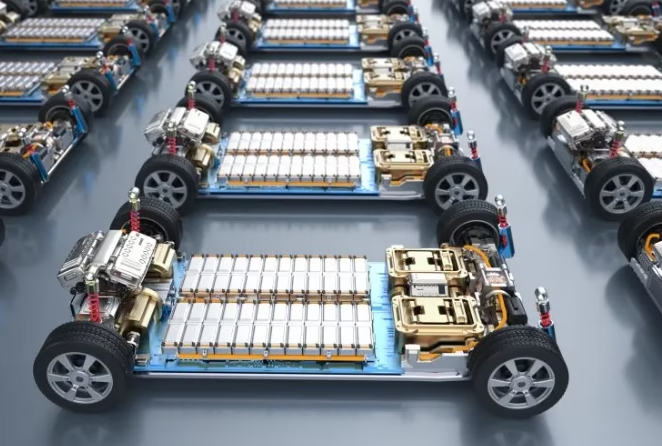

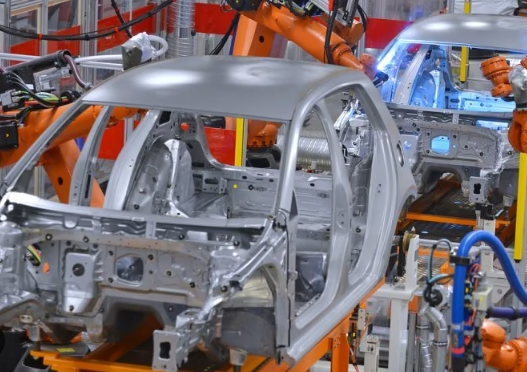
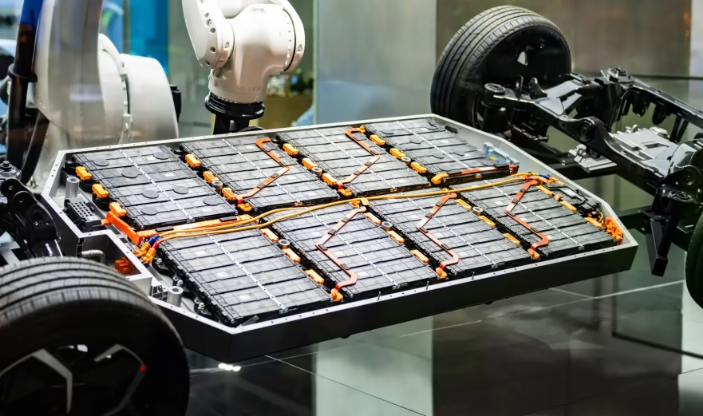
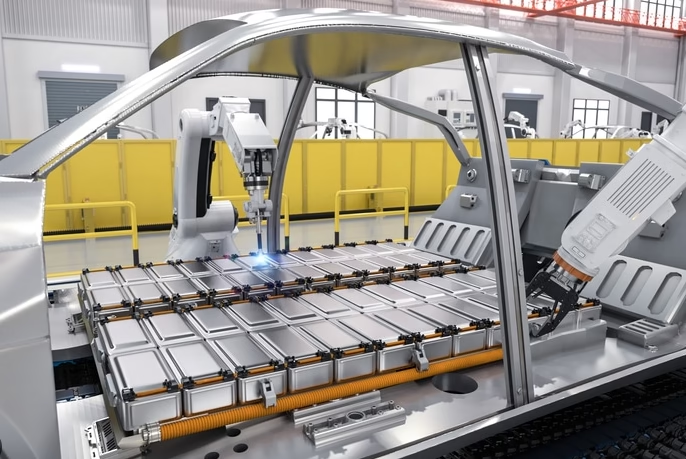
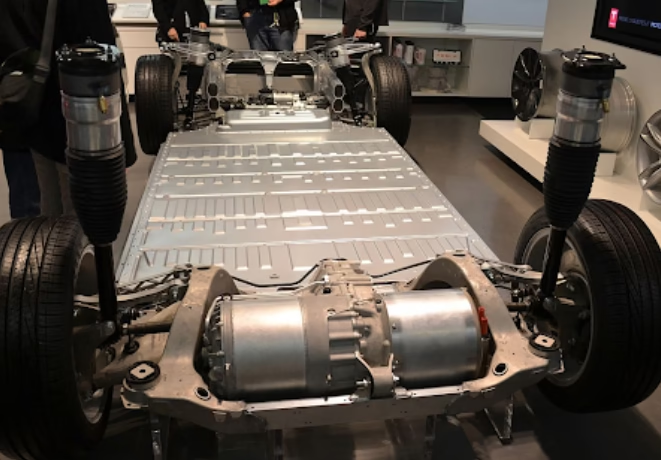
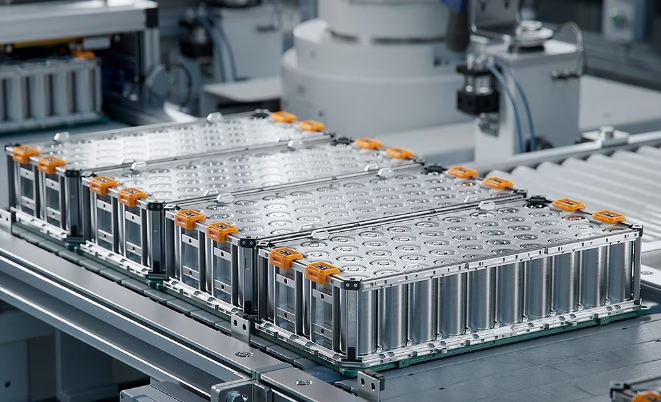
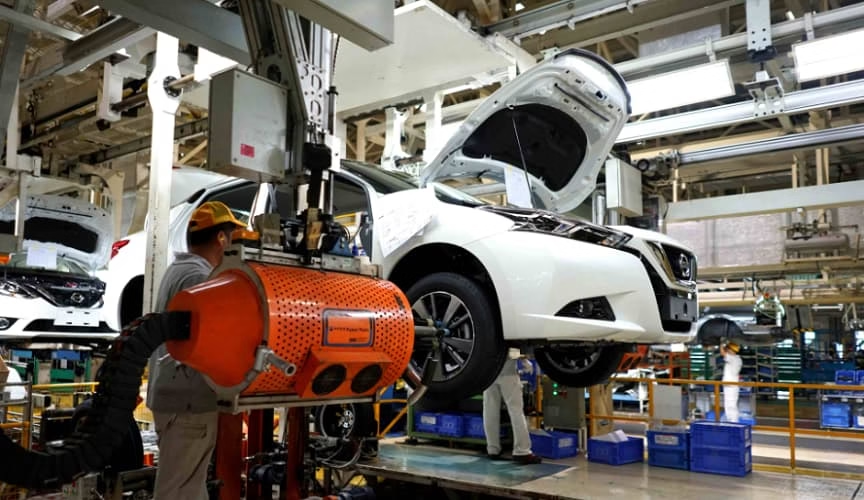






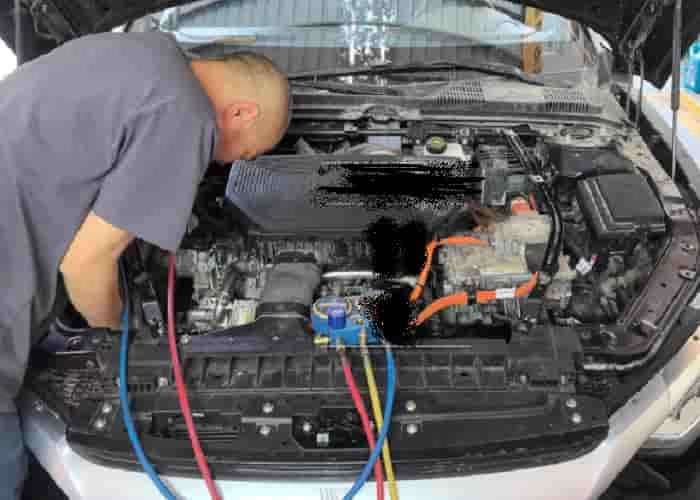
Leave a Reply